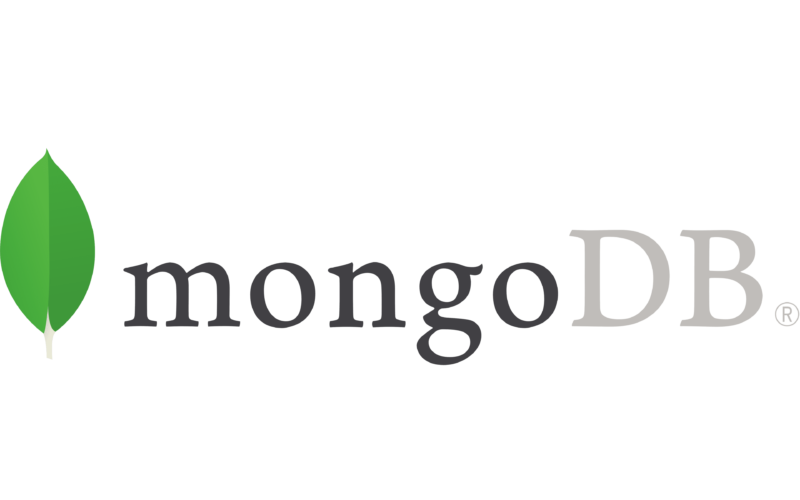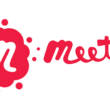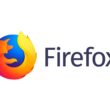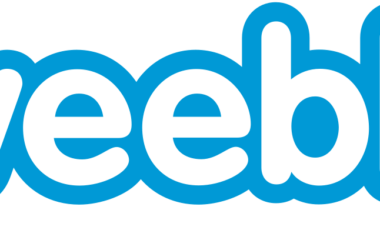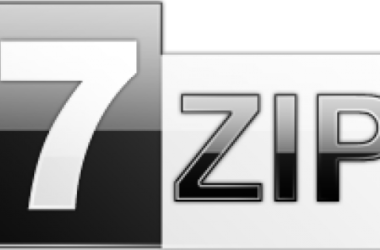In the ever-evolving landscape of database technologies, MongoDB has long stood as a stalwart, renowned for its flexibility and scalability. However, the diverse terrain of modern applications often beckons exploration beyond its boundaries. This exploration seeks MongoDB alternatives that cater precisely to nuanced requirements, from intricate transactional support to specialized scalability needs.
Delving into these alternatives and dissecting their strengths against MongoDB’s backdrop unveils a realm of possibilities, each offering distinct functionalities tailored for specific use cases. Join us in unraveling the quest for the perfect “MongoDB alternative,” an exploration fueled by evolving project landscapes and the pursuit of optimized database solutions.
Understanding MongoDB: Features And Limitations
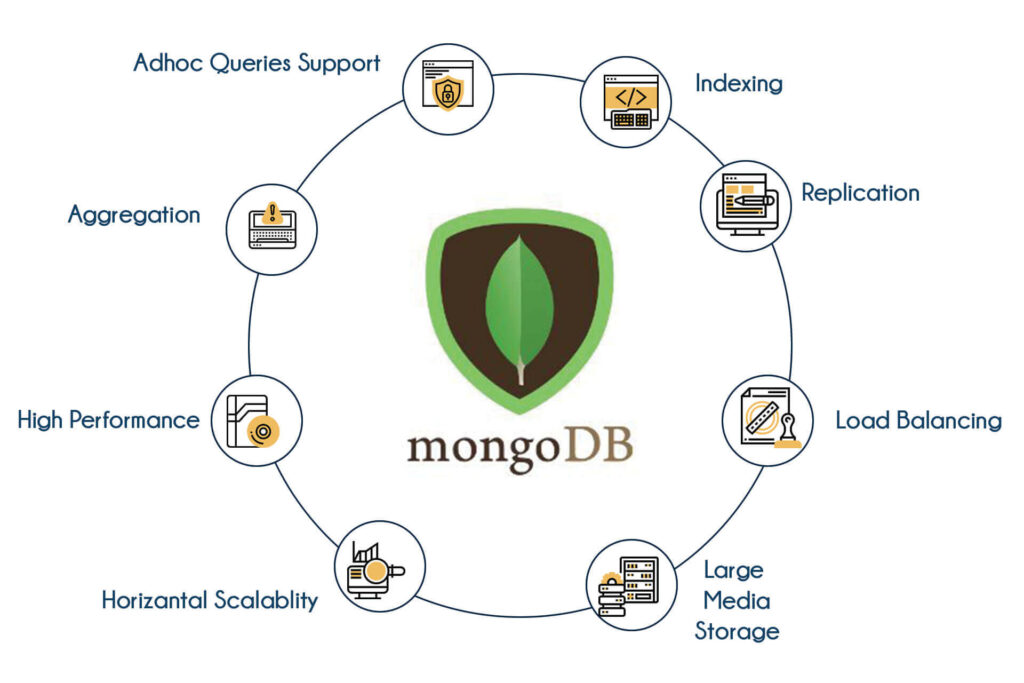
Features
- Document-Oriented Storage: MongoDB’s architecture stores data in JSON-like documents, allowing for flexible schema designs.
- Dynamic Schema: Its schema-less approach enables seamless updates and alterations without impacting the entire database structure.
- Indexing And Querying: MongoDB supports efficient data retrieval through indexing and querying, ensuring optimal performance even in large-scale applications.
- Horizontal Scalability (Sharding): The distributed nature of MongoDB facilitates horizontal scaling, enabling accommodation for growing data volumes without compromising performance.
- Aggregation Framework: MongoDB offers a powerful aggregation framework for data processing and analysis, allowing for complex queries and analytics.
Limitations
- Transaction Handling: MongoDB encounters challenges in handling complex transactions involving multiple document updates or rollbacks.
- Joint Operations: Performing joins across multiple collections in MongoDB is not as straightforward compared to relational databases.
- Scaling Considerations: While horizontal scaling is possible through sharding, it requires careful planning to avoid performance bottlenecks.
- Memory Utilization: MongoDB’s reliance on memory for performance can lead to increased operational costs, especially when managing extensive datasets.
- Lack of ACID Compliance: MongoDB sacrifices some aspects of ACID (Atomicity, Consistency, Isolation, Durability) compliance for its scalability and flexibility.
What Sets MongoDB Apart?
MongoDB’s distinction lies in its multifaceted approach to data management, blending agility, scalability, and a schema-less design. Its hallmark lies in the capacity to effortlessly handle unstructured data, a trait that sets it apart in a data landscape where structured and semi-structured data coexist. The crux of MongoDB’s uniqueness stems from its document-oriented storage, enabling a flexible schema that can evolve dynamically without disrupting the entire database structure.
Moreover, MongoDB’s robust querying capabilities and indexing prowess ensure swift data retrieval even in scenarios involving extensive datasets. The architecture’s inherent scalability through sharding empowers applications with exponential data growth, a feature instrumental in meeting the demands of evolving projects. Its adaptability to diverse use cases, ranging from content management systems to real-time analytics, solidifies its position as a versatile and powerful database solution.
In essence, MongoDB’s blend of flexibility, scalability, and schema-less architecture forms the bedrock of its distinctive prowess in the realm of database management.
The Need For MongoDB Alternatives

While MongoDB remains a formidable player in the database landscape, its limitations in complex transactional operations and the need for carefully planned architectures for scalability may prompt the exploration of the MongoDB alternative. Diverse project landscapes often necessitate specific functionalities or performance benchmarks that MongoDB may not entirely fulfill.
1. Enhanced Transactional Support
MongoDB’s limitations in handling complex transactional operations often prompt the exploration of MongoDB alternatives. Applications requiring robust transactional support, such as banking systems or e-commerce platforms with intricate financial transactions, may find MongoDB’s capabilities insufficient.
2. Specific Performance Benchmarks
Certain projects demand specific performance benchmarks that MongoDB might not entirely fulfill. For instance, applications requiring ultra-low latency or stringent consistency models might seek MongoDB alternatives tailored to meet these precise performance needs.
3. Advanced Querying And Analysis Requirements
Projects that heavily rely on intricate querying and complex data analysis might find MongoDB’s querying capabilities limited. MongoDB alternative databases offering advanced querying capabilities, such as graph-based queries or more sophisticated analytical functions, become essential for such use cases.
4. Architectural Preferences And Compliance Needs
Diverse project landscapes often come with architectural preferences or regulatory compliance needs that MongoDB might not fully address. For instance, applications requiring strict compliance with specific regulations, like GDPR in handling user data, may necessitate exploring MongoDB alternatives that align more closely with these compliance requirements.
Commonly Used MongoDB Alternatives For Various Use Cases

1. Couchbase: A Fusion Of Flexibility And Performance
Couchbase, a NoSQL database, amalgamates the flexibility of JSON data structures with the power of SQL-like querying. Its distributed architecture and memory-first design make it ideal for applications demanding real-time responses and high throughput. With its support for sub-document querying and indexing, Couchbase excels in scenarios where performance and scalability are critical, such as content management systems handling diverse content types or applications requiring rapid data processing.
2. Cassandra: The Powerhouse For Massive Data Handling
Cassandra stands out for its ability to handle massive volumes of data across multiple servers while ensuring high availability and fault tolerance. This MongoDB alternative’s decentralized architecture and eventual consistency model make it suitable for data-intensive applications, including IoT infrastructures, large-scale content platforms, and systems requiring continuous availability. Cassandra’s ability to handle write-heavy workloads and distributed data models makes it a preferred choice for applications requiring robust scalability and reliability.
3. Firebase: Google’s Comprehensive Development Platform
Firebase, offered by Google, isn’t just a database; it’s a comprehensive development platform providing various services crucial for modern applications. Its real-time database capabilities, along with authentication, hosting, and cloud functions, simplify development for mobile and web applications. Firebase’s real-time synchronization across devices makes it an excellent choice for applications requiring live data updates, such as collaborative tools, chat applications, or live streaming platforms.
4. RethinkDB: Real-time Capabilities For Instant Updates
RethinkDB is renowned for its ability to continuously update query results, making it a standout choice for applications needing real-time data updates. Its support for change feeds enables developers to build applications with immediate and continuous data updates. RethinkDB is particularly suited for applications requiring synchronization across distributed systems, collaborative tools, and live analytics dashboards due to its real-time capabilities and ease of use.
5. PostgreSQL: Bridging Relational And NoSQL Features
PostgreSQL, while fundamentally a relational database, offers support for JSON data types and robust indexing capabilities. This flexibility enables it to bridge the gap between relational and NoSQL databases, making it a viable choice for projects requiring the benefits of both paradigms. It’s particularly useful for content management systems and applications handling structured and unstructured data simultaneously.
6. DynamoDB: Amazon’s Scalable NoSQL Database
DynamoDB, a fully managed NoSQL database by Amazon Web Services (AWS), excels in low-latency access, scalability, and automatic throughput scaling. Its seamless integration with other AWS services and the ability to handle massive workloads make it ideal for applications in gaming, e-commerce, and IoT, where high scalability and performance are crucial.
7. Neo4j: Managing Complex Relationships And Dependencies
Neo4j, a graph database, specializes in managing connected data, making it optimal for applications dependent on complex relationships and dependencies. Its graph-based data model and native support for graph queries and algorithms make it suitable for applications like social networks, recommendation engines, network impact analysis tools, and fraud detection systems.
8. ArangoDB: Versatility Across Multiple Models
ArangoDB supports key-value, document, and graph models, providing a versatile solution for applications requiring flexibility in data modeling. Its ability to combine multiple models in a single query language and runtime environment makes it suitable for multi-purpose applications, content management systems, and data analysis platforms seeking a unified approach to data storage and querying.
Factors To Consider While Choosing The Perfect “MongoDB Alternative”
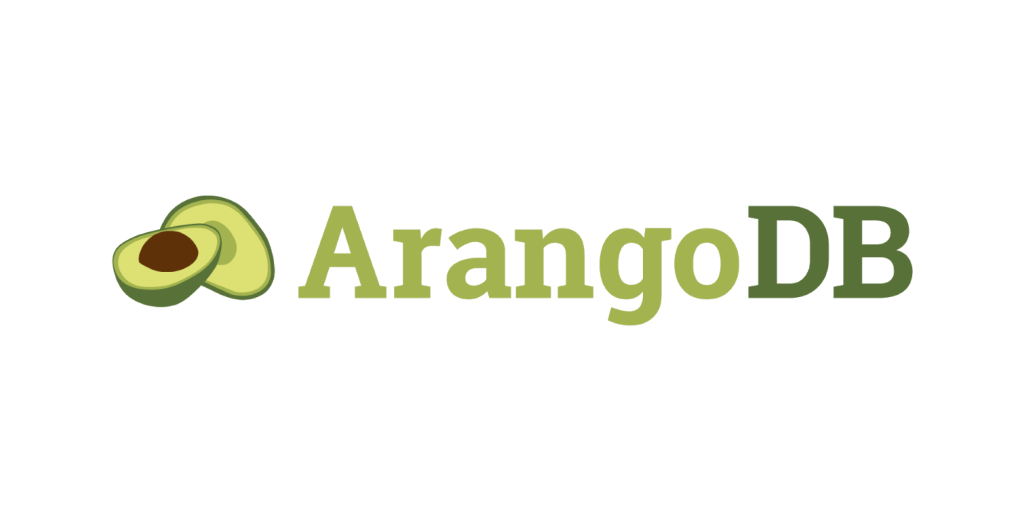
1. Scalability And Performance
Evaluating the scalability and performance capabilities of a MongoDB alternative database is crucial. It’s essential to assess how the database handles increasing data volumes and maintains performance under varying workloads. Scalability can be vertical, where the database is scaled on a single server, or horizontal, achieved through distributed architectures like sharding. Understanding the database’s scalability options and how they align with your application’s growth projections is paramount.
2. Data Model And Flexibility
The data model supported by the alternative database and its flexibility in accommodating various data structures plays a significant role in decision-making. Consider whether your application requires a document-oriented model, a graph-based model, or a more traditional relational model. The flexibility to handle unstructured, semi-structured, or highly interconnected data can influence the database choice significantly.
3. Querying Capabilities And Indexing
Analyzing the querying capabilities and indexing mechanisms of the alternative database is vital. Consider the querying language supported and its compatibility with your application’s specific query patterns. Additionally, evaluating indexing options for optimizing query performance and handling complex queries efficiently is essential. Advanced querying functionalities, including support for nested queries, full-text search, or geospatial queries, might be critical depending on your application’s needs.
4. Community Support And Ecosystem
Assessing the strength of the community around the MongoDB alternative database is pivotal. A robust community often translates to ample resources, documentation, active forums, and third-party integrations or plugins. Community support can be instrumental in troubleshooting, learning, and leveraging the full potential of the database. Additionally, consider the ecosystem around the database, including available tools, frameworks, and integration capabilities with other technologies your project might rely on.
5. Cost and Maintenance
Factoring in the total cost of ownership is imperative when choosing a MongoDB alternative. Consider not only the initial licensing or subscription costs but also ongoing expenses related to hosting, scaling, and maintenance. Managed services might offer ease of maintenance but could incur higher operational costs. Assessing the long-term cost implications and aligning them with your budget constraints and operational capabilities is crucial in making an informed decision.
Conclusion
Navigating the realm of MongoDB alternatives reveals a landscape rich with diverse solutions, each addressing specific needs and use cases. While MongoDB’s strengths in flexibility and scalability remain formidable, the quest for alternatives stems from the demand for specialized transactional support, performance benchmarks, and unique data handling requirements.
By assessing factors like scalability, data modeling, querying capabilities, community support, and cost considerations, organizations can make informed decisions. Embracing these MongoDB alternatives empowers projects to flourish amidst a spectrum of needs, ensuring tailored database solutions that align precisely with the intricacies of modern applications. The journey for the perfect “MongoDB alternative” signifies an ongoing quest for innovation and optimization in the database realm.




